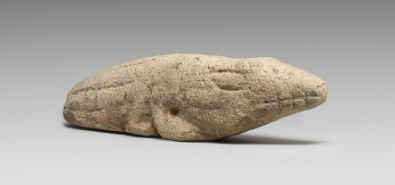
Crocodile
Crocodile Figure Wood
Figure of crocodile
Falcon-headed crocodile amulet
“The falcon-headed crocodile is here crowned with a sun disk, indicating its association with a solar god.” The Met
Crocodile statue –
Many scholars believe that in the Bible, the crocodile is called the Leviathan.
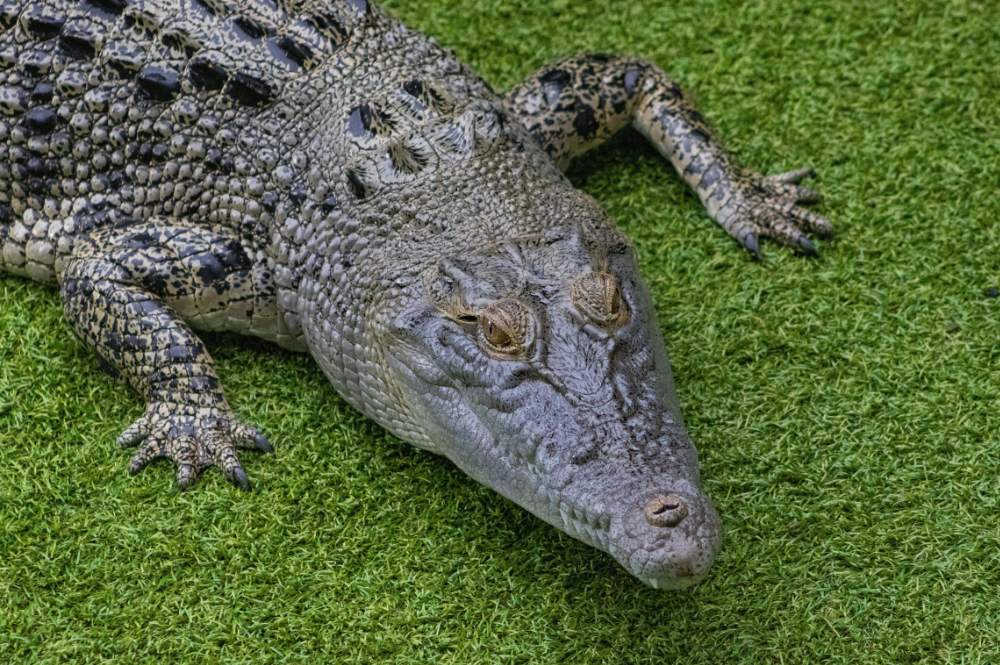
“12 I will not fail to speak of Leviathan’s limbs,
its strength and its graceful form. Job 41:12
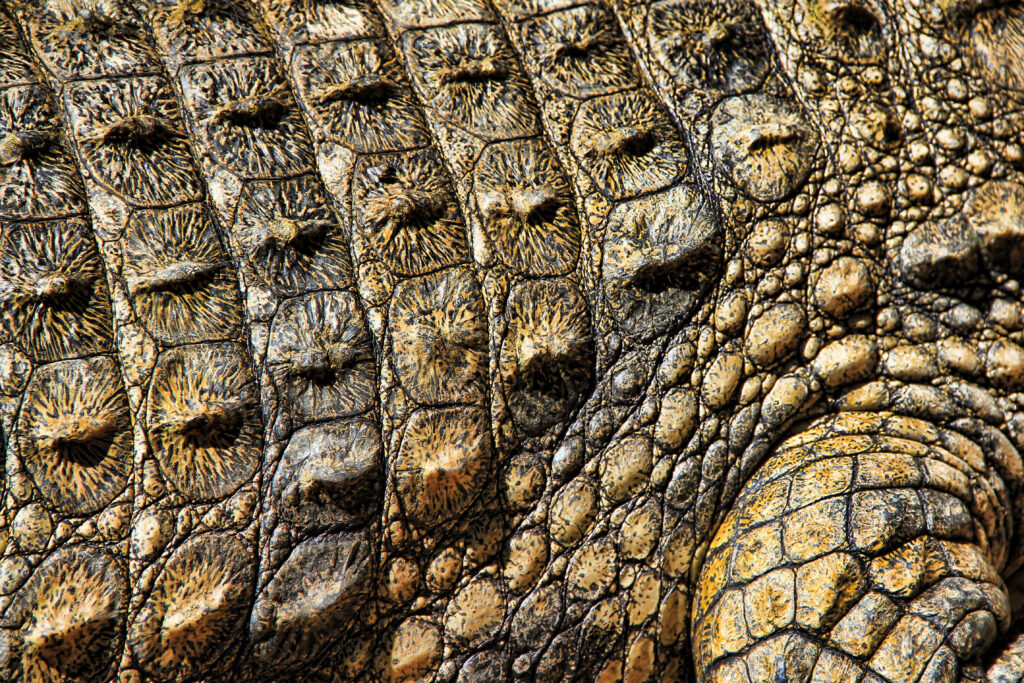
13 Who can strip off its outer coat?
Who can penetrate its double coat of armor? Job 41:13
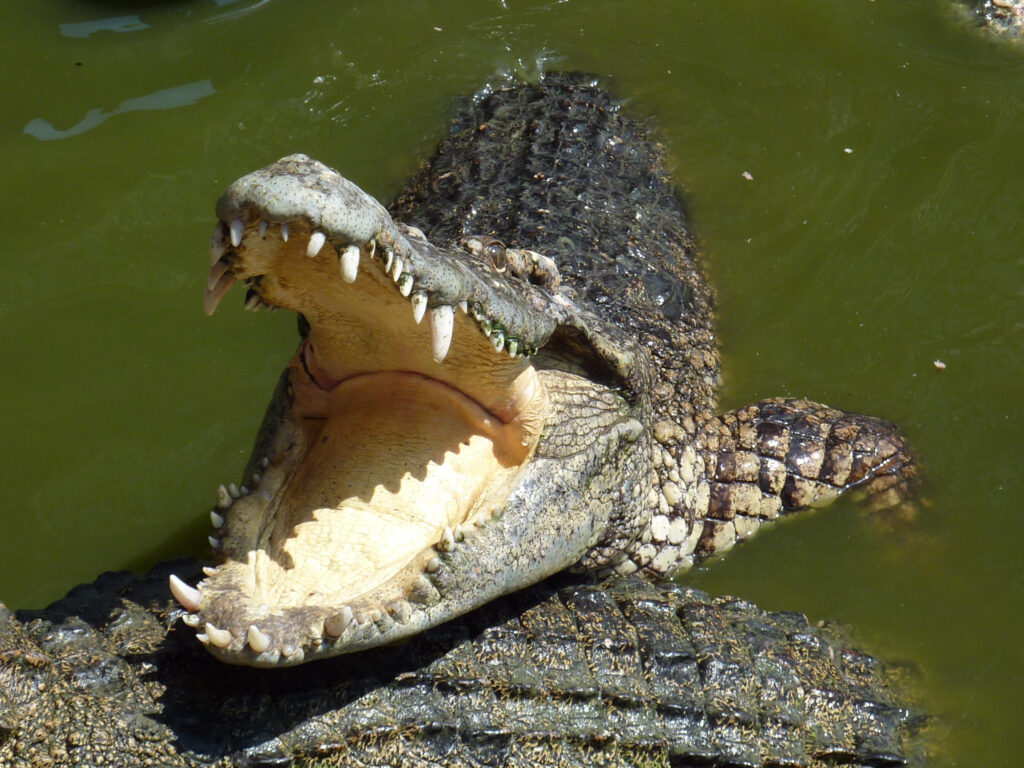
14 Who dares open the doors of its mouth,
ringed about with fearsome teeth? Job 41:14
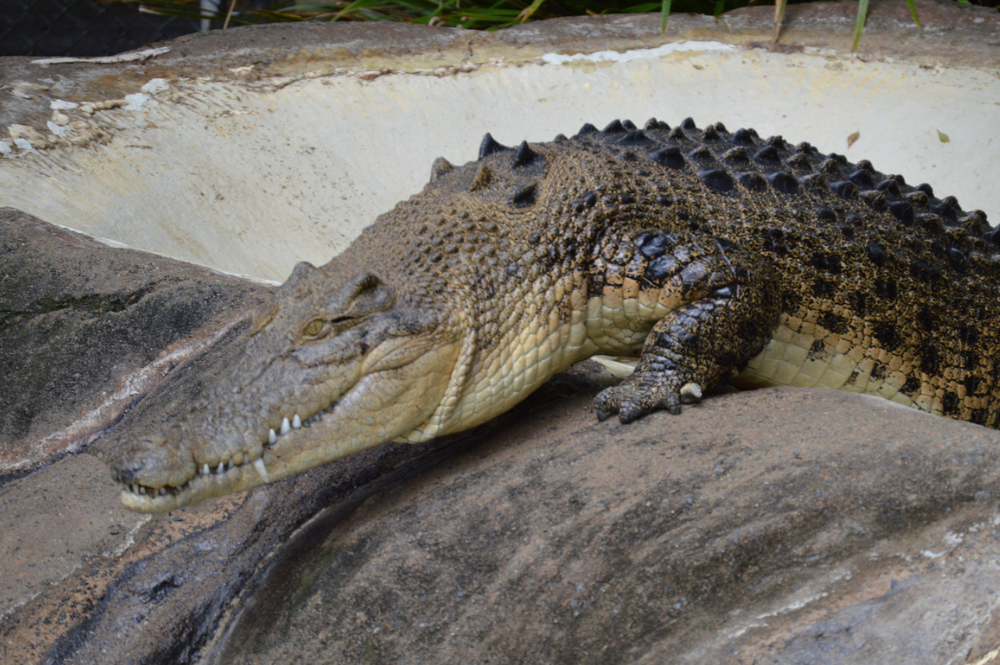
15 Its back has[ rows of shields
tightly sealed together; Job 41:15
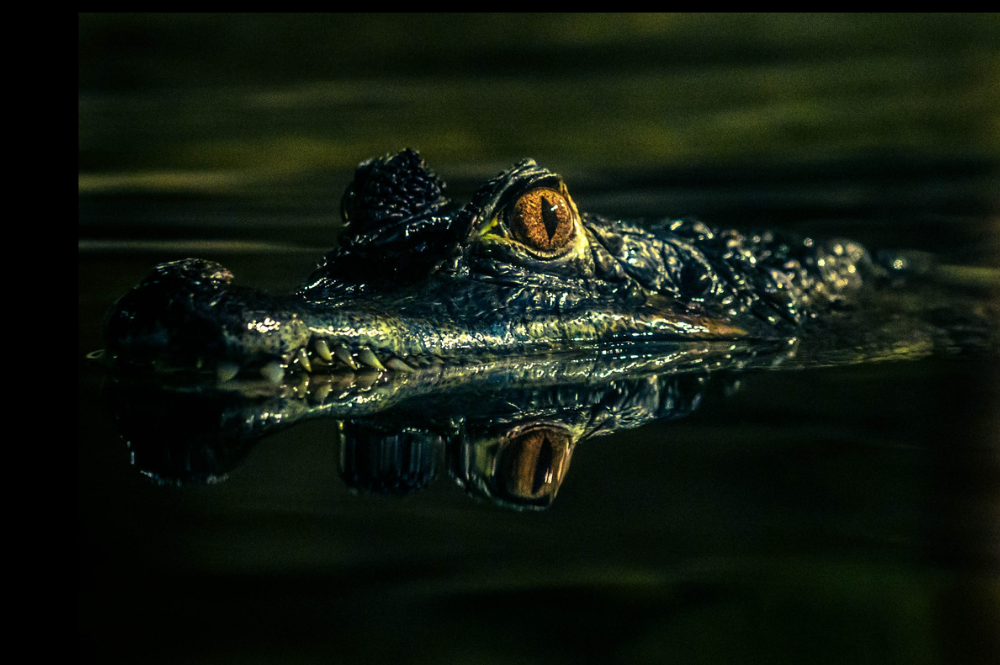
its eyes are like the rays of dawn. Job 41:18b
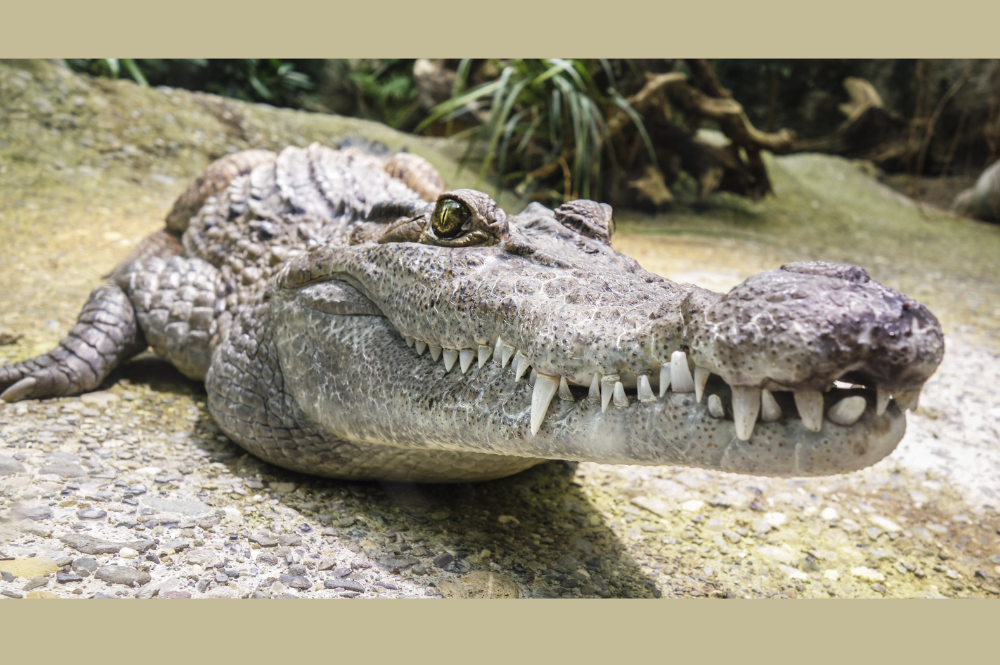
22 Strength resides in its neck;
dismay goes before it.
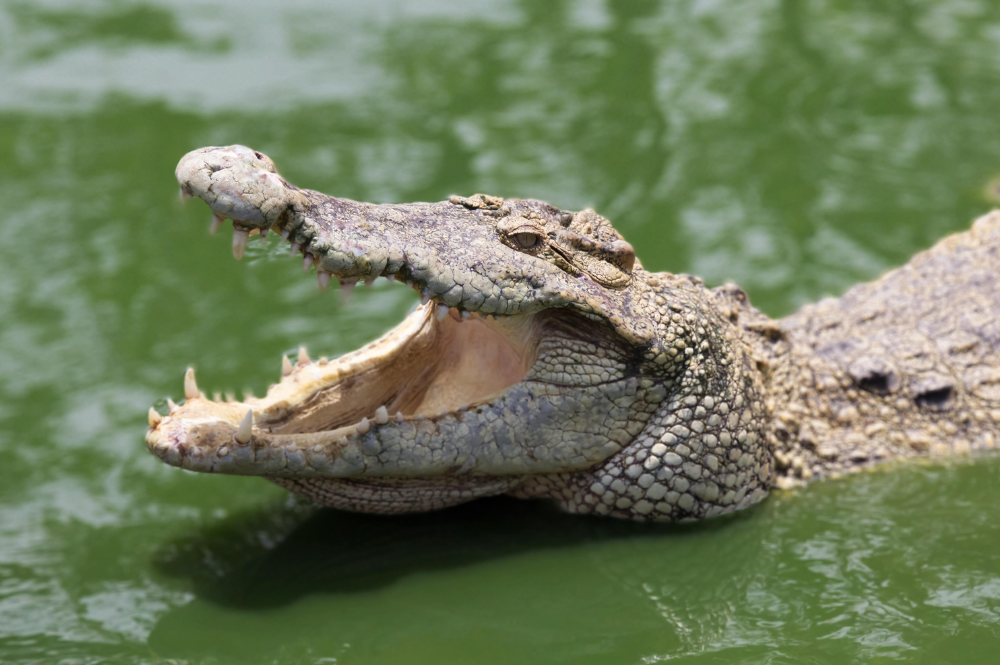
23 The folds of its flesh are tightly joined; they are firm and immovable.
24 Its chest is hard as rock,
hard as a lower millstone.
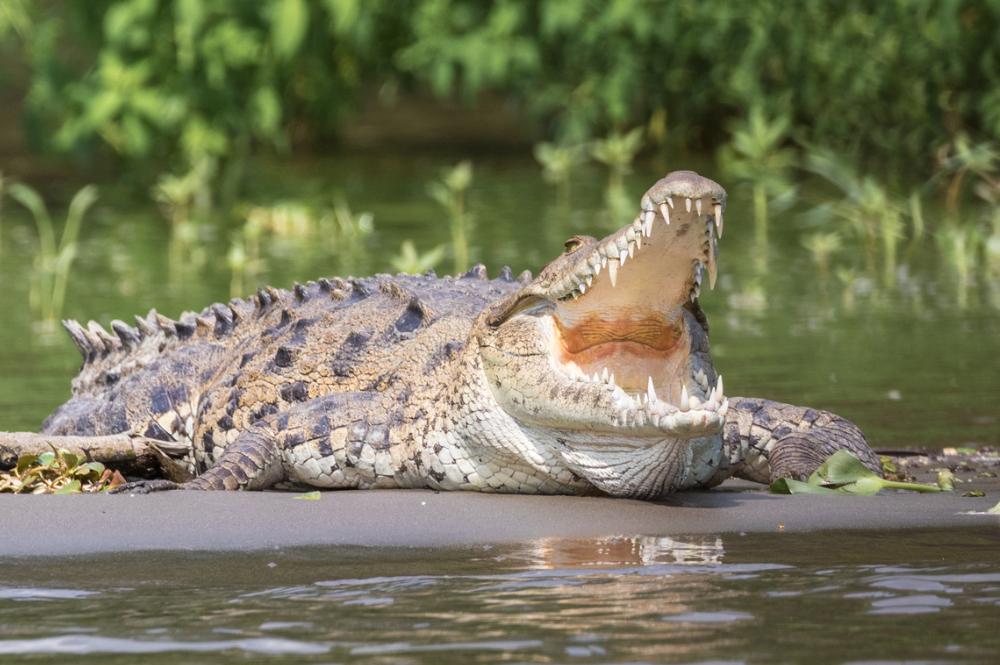
25 When it rises up, the mighty are terrified;
they retreat before its thrashing.
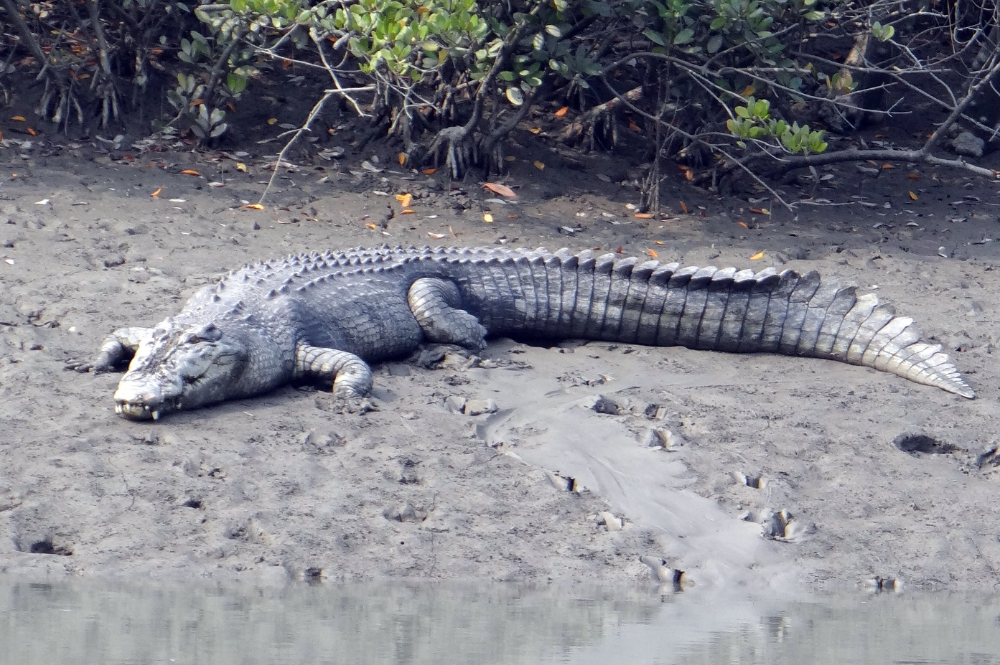
30 Its undersides are jagged potsherds,
leaving a trail in the mud like a threshing sledge.
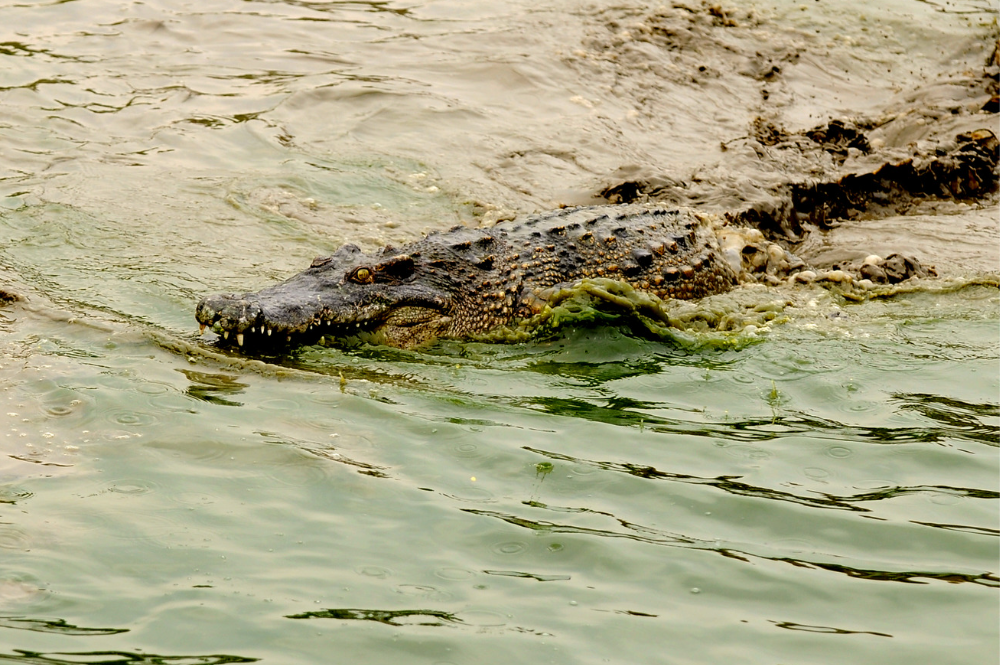
31 It makes the depths churn like a boiling caldron
and stirs up the sea like a pot of ointment.
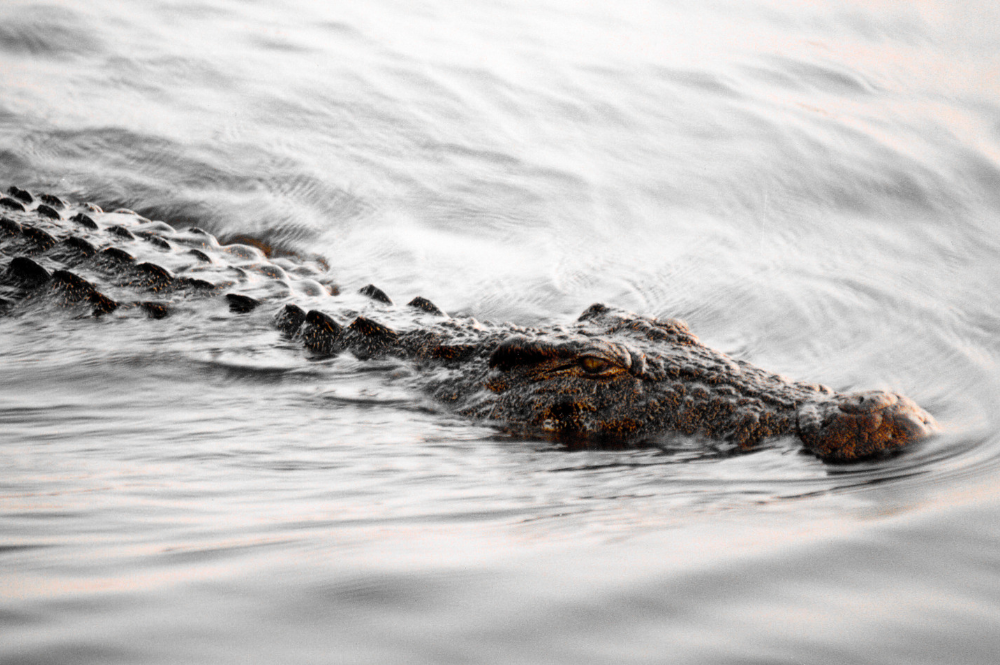
32 It leaves a glistening wake behind it;
one would think the deep had white hair.
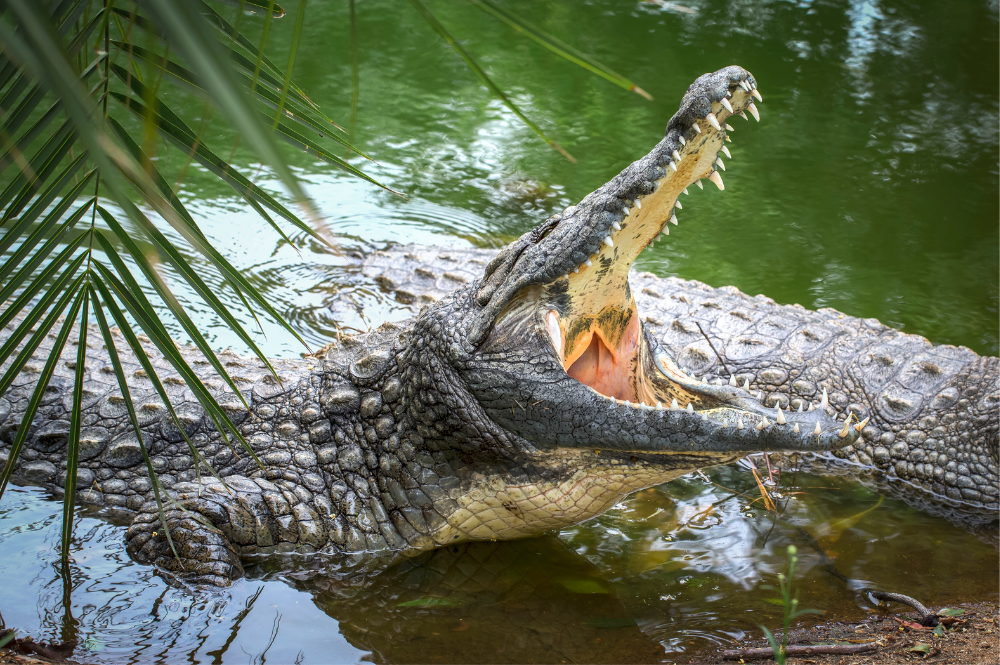
33 Nothing on earth is its equal—
a creature without fear.
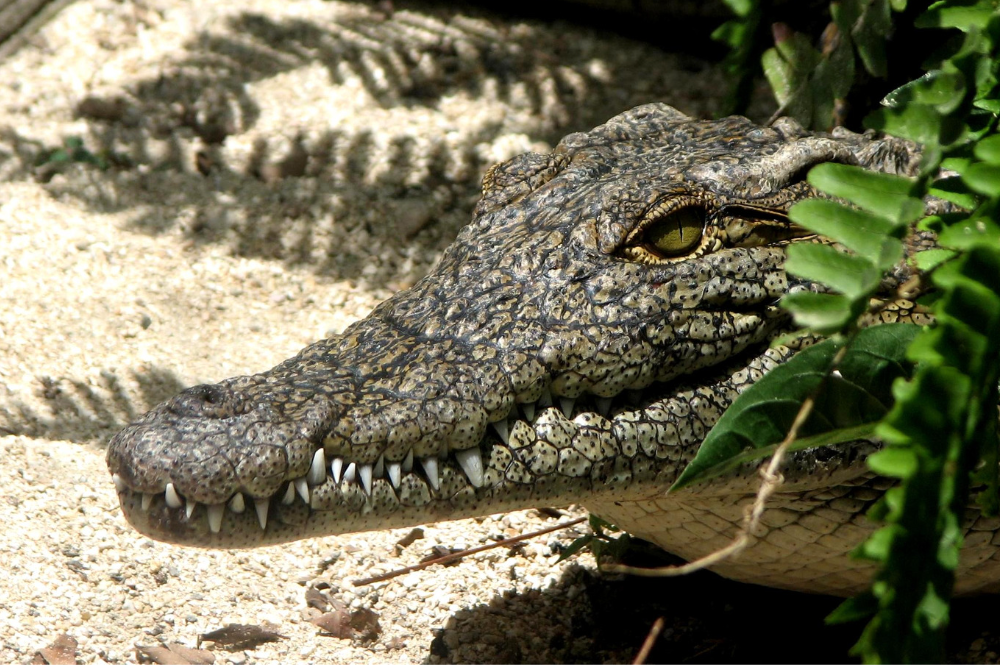
34 It looks down on all that are haughty;
it is king over all that are proud.” Job 41:12-34
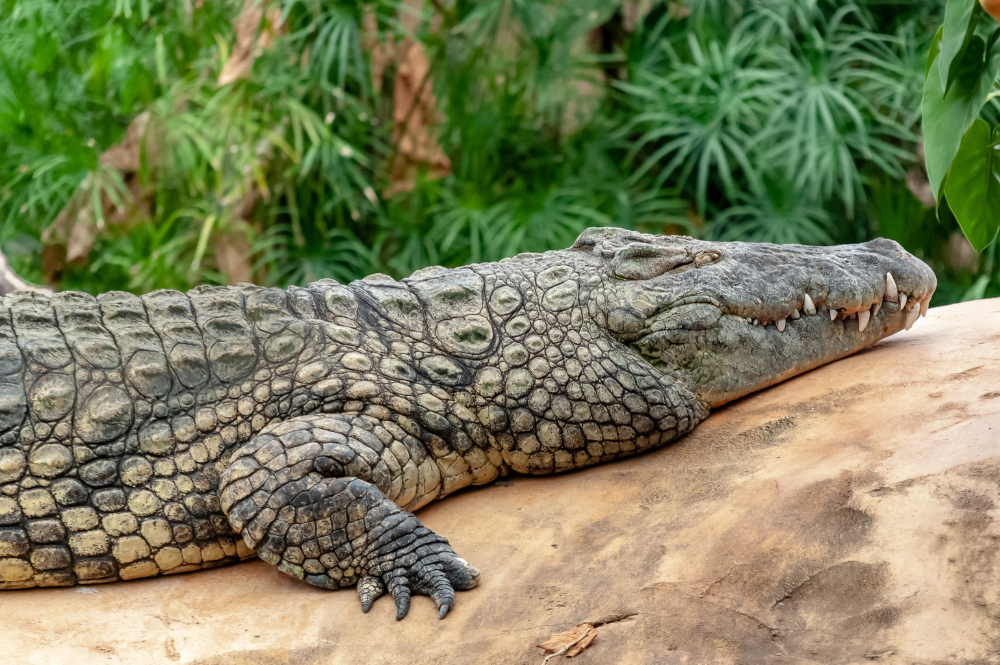 Leviathan the gliding serpent
Leviathan the gliding serpent
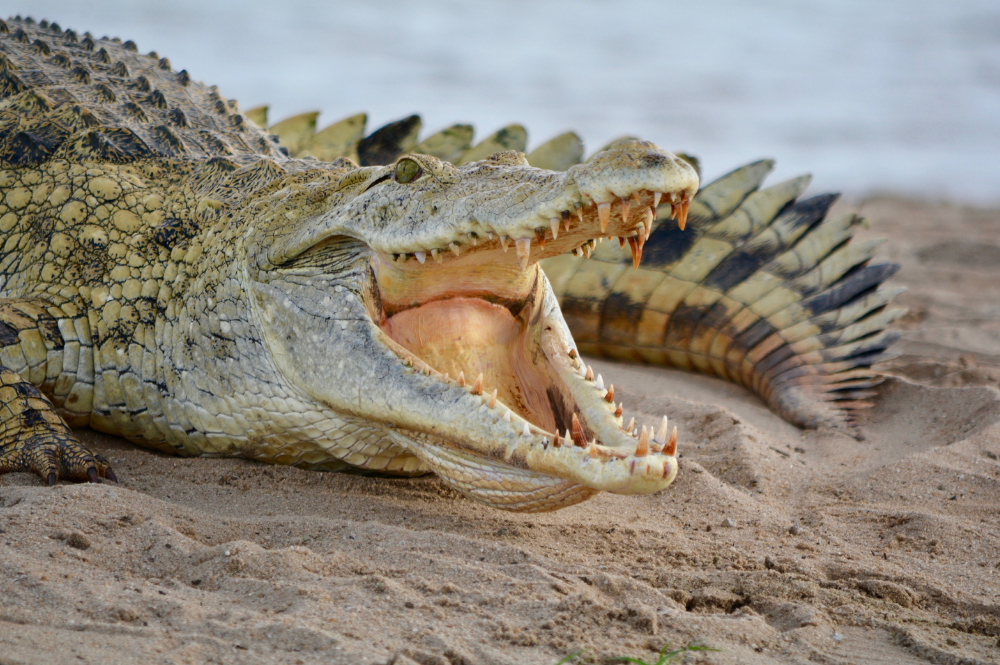 Leviathan the coiling serpent;
Leviathan the coiling serpent;
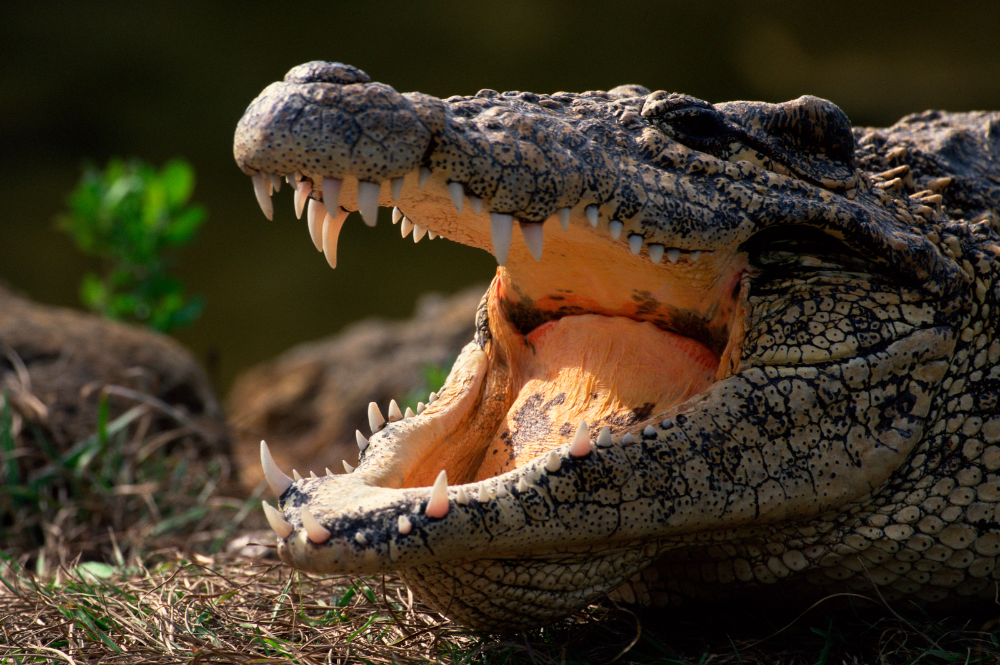 he will slay the monster of the sea. Isaiah 27: 1 NIV
he will slay the monster of the sea. Isaiah 27: 1 NIV
“Leviathan. li-vi´uh-thuhn (Heb. liwyātān H4293, possibly “twisting one”). There can be no doubt that this name is basically the same as that found in Ugaritic documents for Lotan (Litan), the sea-monster killed by Baal and called “the crooked serpent” (cf. Isa. 27:1). All five occurrences of the term in the OT (Job 3:8; 41:1; Ps. 74:14; 104:26; Isa. 27:1) are in poetic passages and belong to “dead mythology,” that is, old mythic concepts employed without suggestion that they are still believed. Because Leviathan is merely poetic imagery, there is no absolute consistency in the OT use of the term. For example, the use in Isa. 27:1 is part of an eschatological section (chs. 24-27) where the term refers to the future forces of lawlessness in terms of past chaos. In Job 41:1 Leviathan seems to be the crocodile. See animals (under crocodile and Leviathan), and cf. the use of Rahab (monster), another mythological figure.”(Copyright © 1987, 2011 by Zondervan.)

25 There is the sea, vast and spacious,
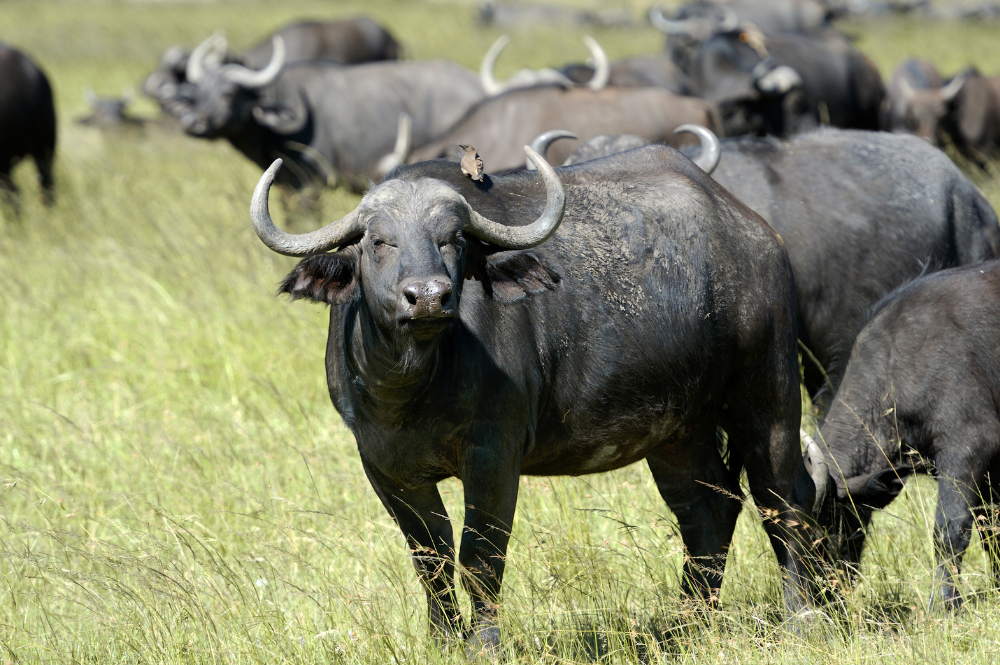
teeming with creatures beyond number—
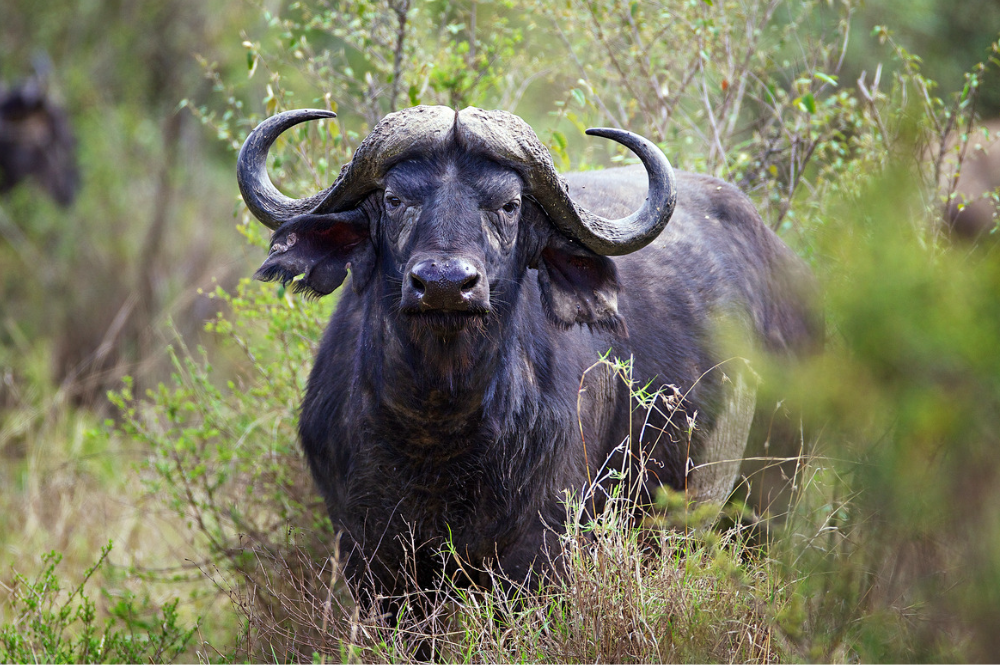
living things both large
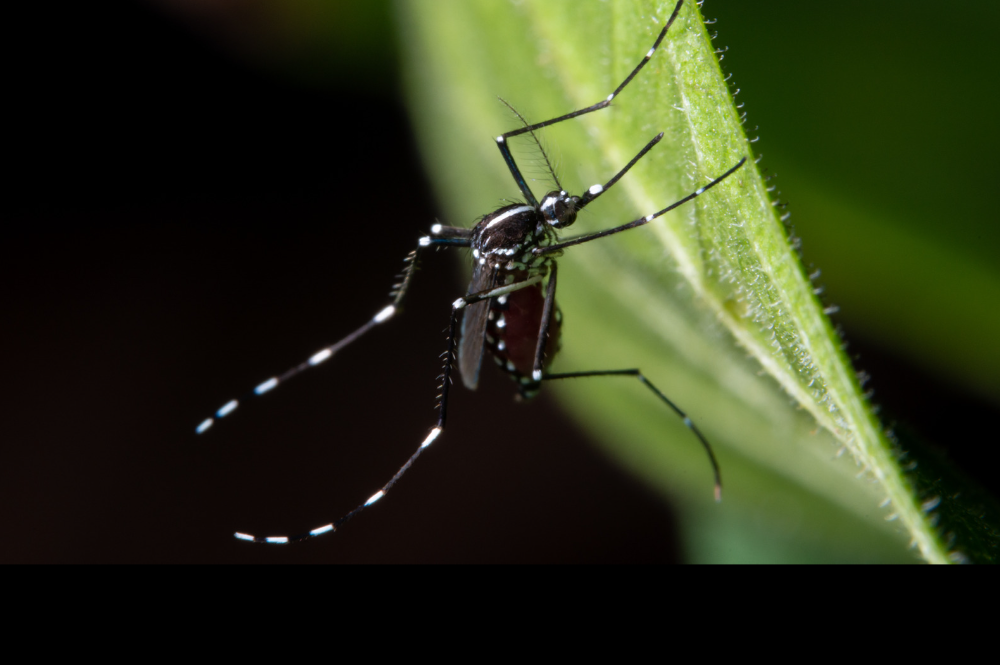
and small.
26 There the ships go to and fro,

and Leviathan, which you formed to frolic there. Psalm 104:25-26 NIV
“May those who curse days[a] curse that day,
those who are ready to rouse Leviathan.” Job 3:8 NIV
In the book of Job, we find other lengthy discussions of both the leviathan and the behemoth, which many scholars believe to be the hippopotamus and the crocodile.
Most scholars agree that Job was the first book that written for the Bible. Most also agree that no one is sure when Job was written nor who wrote it. Alexander Goldberg hypothesizes that the book of Job may have been written by Moses.
“Judaism and other religions have “developed” the story of Job. Indeed there is a second Job, of legend and tales. The Talmud mentions him as one of the three Prophets consulted by Pharaoh prior to his decision to drown the Hebrew baby boys (Exodus). Balaam tells him to kill the Jews, Yithro to spare them and Job who does not agree with the plan says nothing. The Talmud concludes that it was for this reason that Job was punished. This undermines the notion of theodicy and rather raises the possibility that he was being punished for his deeds after all.
“Legend goes into different religions and cultures. Job has two graves, one Islamic in Oman and one Druze site in Lebanon. With such uncertainty about his identity some Medieval religious scholars are quick to claim he was a myth invented to illustrate a point and if true then this is the ultimate irony: for a man that may have never existed he has given us a lot to think about.” (Goldberg)
Goldberg, Alexander. “The Book of Job, Part 1: Who Was Job? Why Does He Matter?” The Guardian, 28 June 2010, www.theguardian.com/commentisfree/belief/2010/jun/28/philosophy-judaism.
“In the Talmud there is an Aggadic reference to the great three non-Jewish prophets at the time of the Exodus: Job, Jethro (Yithro) and Balaam. When Pharaoh was deciding whether to kill the baby Hebrew boys he consults the three. Balaam tells him to kill the Jews, Jethro to spare them and Job, who does not agree with the plan, says nothing
“This changes the script. Job goes from being the righteous, but tested, individual who, whilst not perfect, is not guilty of any specific sin to one who has committed a grievous act. He has stood by in a situation where he could have saved lives.
“The Talmud and Torah clearly see Jethro, Moses’ father-in-law, in a heroic light. In the Jewish tradition he is seen as a someone who helps the Jewish people, organises them and according to this Aggadah he tries to save them. Balaam is portrayed as the evil prophet of his day. In the Torah he tries to curse the Israelites. So, in the language of Raoul Hilberg, the post-Holocaust philosopher, whilst Jethro is a “rescuer” and Balaam is a “perpetrator”, Job is has the role of “the bystander”. And we are told it is for this reason he is punished.” (Goldberg)
Goldberg, Alexander. “The Book of Job, Part 3: Balaam, Yithro, and Job.” The Guardian, 12 July 2010, www.theguardian.com/commentisfree/belief/2010/jul/12/book-job-religion-judaism.
“This splendid description points as clearly to the Crocodile as the description of the Behemoth which immediately precedes it does to the hippopotamus, and it is tolerably evident that the sacred poet who wrote these passages must have been personally acquainted with both the Crocodile and the hippopotamus. In both descriptions there are a few exaggerations, or rather, poetical licences. For example, the bones of the hippopotamus are said to be iron and copper, and the Crocodile is said to kindle live coals with his breath. These, however, are but the natural imagery of an Oriental poet, and, considering the subject, we may rather wonder that the writer has not introduced even more fanciful metaphors.
Description of the Crocodile.
“There are several species of Crocodile in different parts of the world, ten species at least being known to science.
“Some inhabit India, some tropical America, some Asia, and some Africa, so that the genus is represented in nearly all the warmer parts of the world.
“They are all known by the formation of the teeth, the lower canines fitting each into a notch on the side of the upper jaw. The feet are webbed to the tips, and though the reptile mostly propels itself through the water by means of its tail, it can also paddle itself gently along by means of its feet.
“The teeth are all made for snatching and tearing, but not for masticating, the Crocodile swallowing its prey entire when possible; and when the animal is too large to be eaten entire, the reptile tears it to pieces, and swallows the fragments without attempting to masticate them.
“In order to enable it to open its mouth under water, the back[589] of its throat is furnished with a very simple but beautiful contrivance, whereby the water is received on a membranous valve and, in proportion to its pressure, closes the orifice of the throat. As the Crocodiles mostly seize their prey in their open jaws and hold it under water until drowned, it is evident that without such a structure as has been described the Crocodile would be as likely to drown itself as its prey. But the throat-valve enables it to keep its mouth open while the water is effectually prevented from running down its throat, and the nostrils, placed at the end of the snout, enable it to breathe at its ease, while the unfortunate animal which it has captured is being drowned beneath the surface of the water.
“This position of the nostrils serves another purpose, and enables the Crocodile to breathe while the whole of its body is under the water, and only an inch or two of the very end of the snout is above the surface. As, moreover, the Crocodile, as is the case with most reptiles, is able to exist for a considerable time without breathing, it only needs to protrude its nostrils for a few moments, and can then sink entirely beneath the water. In this way the reptile is able to conceal itself in case it should suspect danger; and as, in such instances, it dives under the herbage of the river, and merely thrusts its nose into the air among the reeds and rushes, it is evident that, in spite of its enormous size, it baffles the observation of almost every foe.
“Among reptiles, the mailed Crocodiles may be mentioned as most formidable foes to man. Vast in bulk, yet grovelling with the belly on the earth; clad in bony plates with sharp ridges; green eyes with a peculiar fiery stare, gleaming out from below projecting orbits; lips altogether wanting, displaying the long rows of interlocking teeth even when the mouth is closed, so that, even when quiet, the monster seems to be grinning with rage,—it is no wonder that the Crocodile should be, in all the countries which it inhabits, viewed with dread.
“Nor is this terror groundless. The Crocodiles, both of the Nile and of the Indian rivers, are well known to make man their victim, and scarcely can a more terrible fate be imagined than that of falling into the jaws of this gigantic reptile. Strange as it may appear, the Crocodile is one of the many animals to which divine honours were paid by the ancient Egyptians. This we learn from several sources.
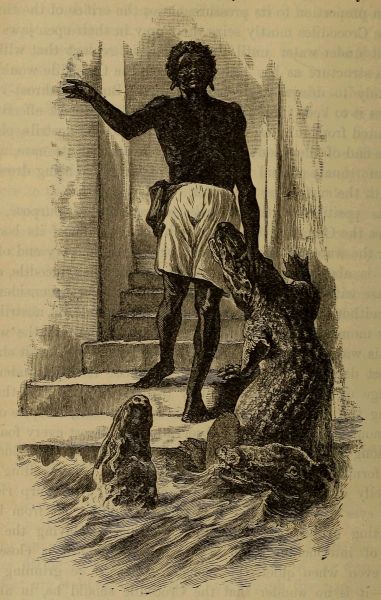
Image Credit (Wood)
“Herodotus, for example, in ‘Euterpe,’[590] chapter 69, writes as follows: ‘Those who dwell about Thebes and Lake Mœris, consider them to be very sacred; and they [t]each of them train up a Crocodile, which is taught to be quite tame; and they put crystal and gold ear-rings into their ears, and bracelets on their fore-paws; and they give them appointed and sacred food, and treat them as well as possible while alive and when dead, they embalm them, and bury them in sacred vaults.’
“The reasons for this worship are several. At the root of them all lies the tendency of man to respect that which he fears[591] rather than that which he loves; and the nearer the man approaches the savage state, the more is this feeling developed. By this tendency his worship is regulated, and it will be found that when man is sufficiently advanced to be capable of worship at all, his reverence is invariably paid to the object which has the greatest terrors for him. The Crocodile, therefore, being the animal that was most dreaded by the ancient Egyptians, was accepted as the natural type of divinity.(Wood)
“Story of the Bible Animals by J. G. Wood.” Project Gutenberg, gutenberg.org/ebooks/44685
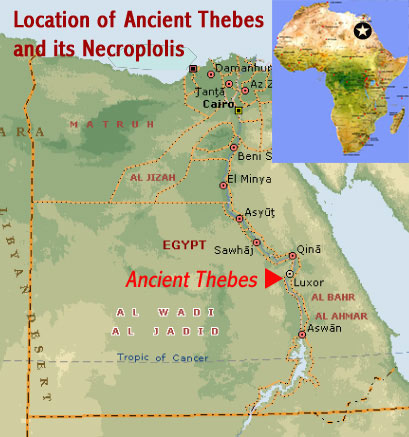
Image Credit African World Heritage Sites
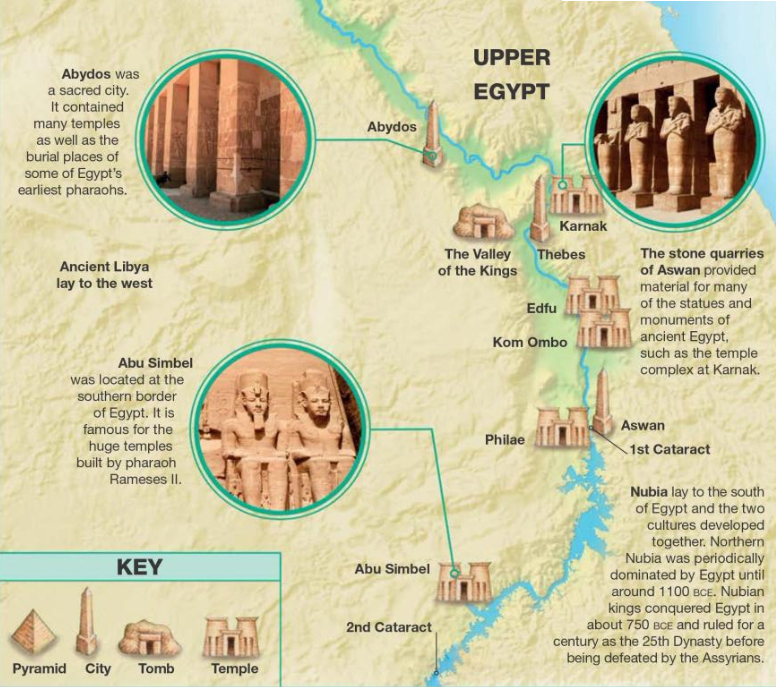
Image Credit Ancient Egypt DK Pocket Guide
Thebes is South of Cairo and Memphis, which is in Lower Egypt, near the Mediterranean Sea.
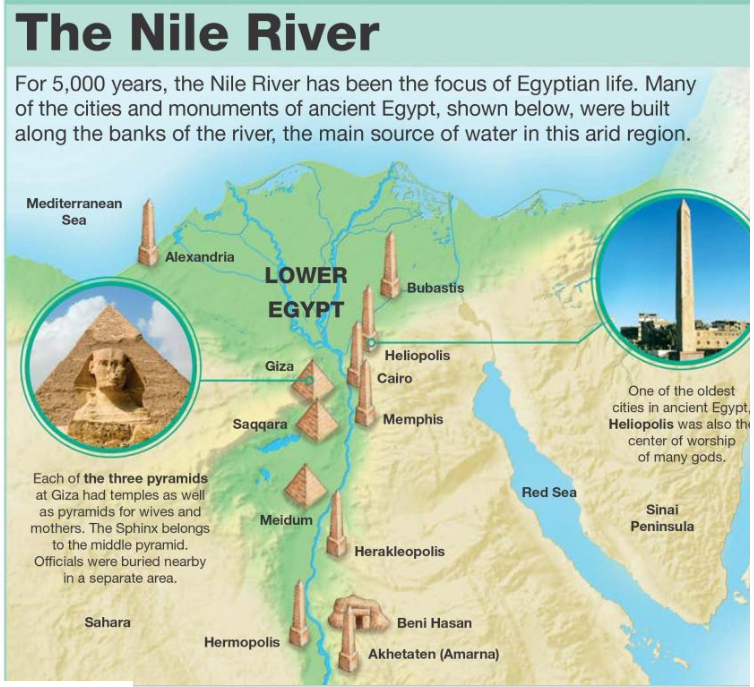
The temple of Queen Pharaoh Hatshepsut was at Thebes.
Hatshepsut, a Female Egyptian Pharaoh and How She May Have Figured into the Story of Moses
“No description of the Crocodile would be complete without allusion to the mode in which it seizes its prey. It does not attack it openly, neither, as some have said, does it go on shore for that purpose. It watches to see whether any animal comes to drink, and then, sinking beneath the surface of the water, dives rapidly, rises unexpectedly beneath the unsuspecting victim, seizes it with a sudden snap of its huge jaws, and drags it beneath the water. Should the intended prey be too far from the water to be reached by the mouth, or so large that it may offer a successful resistance, the Crocodile strikes it a tremendous blow with its tail, and knocks it into the water. The dwellers on the Nile bank say that a large Crocodile will with a single blow of its tail break all the four legs of an ox or a horse.
“These cunning reptiles even contrive to catch birds as they come for water. On the banks of the Nile the smaller birds drink in a very peculiar manner. They settle in numbers on the flexible branches that overhang the stream, and when, by their weight, the branch bends downwards, they dip their beaks in the water. The Crocodile sees afar off a branch thus loaded, swims as near as possible, and then dives until it can see the birds immediately above it, when it rises suddenly, and with a snap of its jaws secures a whole mouthful of the unsuspecting birds.
“Sir S. Baker, in his travels on the Nile, gave much attention to the Crocodile, and has collected a great amount of interesting information about the reptile, much of which is peculiarly valuable, inasmuch as it illustrates the Scriptural notices of the creature. He states that it is a very crafty animal, and that its usual mode of attack is by first showing itself, then swimming slowly away to a considerable distance, so as to make its intended victim think that danger is over, and then returning under water. It is by means of this manœuvre that it captures the little birds. It first makes a dash at them, open-mouthed,[593] causing them to take to flight in terror. It then sails slowly away as if it were so baffled that it did not intend to renew the attack. When it is at a considerable distance, the birds think that their enemy has departed, and return to the branch, which they crowd more than ever, and in a minute or two several dozen of them are engulfed in the mouth of the Crocodile, which has swiftly dived under them.
“On one occasion, Sir S. Baker was walking near the edge of the river, when he heard a great shrieking of women on the opposite bank. It turned out that a number of women had been filling their “gerbas” (water-skins), when one of them was suddenly attacked by a large Crocodile. She sprang back, and the reptile, mistaking the filled gerba for a woman, seized it, and gave the owner time to escape. It then dashed at the rest of the women, but only succeeded in seizing another gerba.
“A short time previously a Crocodile, thought by the natives to be the same individual, had seized a woman and carried her off; and another had made an attack on a man in a very curious manner. A number of men were swimming across the river, supported, after their custom, on gerbas inflated with air, when one of them felt himself seized by the leg by a Crocodile, which tried to drag him under water. He, however, retained his hold on the skin, and his companions also grasped his arms and hair with one hand, while with the other they struck with their spears at the Crocodile. At last they succeeded in driving the reptile away, and got their unfortunate companion to land, where they found that the whole of the flesh was stripped from the leg from the knee downwards. The poor man died shortly afterwards.
“Another traveller relates that three young men who were obliged to cross a branch of a river in their route, being unable to procure a boat, endeavoured to swim their horses to the opposite shore. Two of them had reached the bank in safety, but the third loitered so long on the brink as only to have just entered the water at the moment his comrades had reached the opposite side. When he was nearly half-way across, they saw a large Crocodile, which was known to infest this pass, issuing from under the reeds. They instantly warned their companion of his danger; but it was too late for him to turn back. When the Crocodile was so close as to be on the point of seizing him, he threw his saddle-bag to[594] it. The ravenous animal immediately caught the whole bundle in its jaws, and disappeared for a few moments, but soon discovered its mistake, and rose in front of the horse, which, then seeing it for the first time, reared and threw its rider. He was an excellent swimmer, and had nearly escaped by diving towards the bank; but, on rising for breath, his pursuer also rose, and seized him by the middle. This dreadful scene, which passed before the eyes of his companions, without the least possibility of their rendering any assistance, was terminated by the Crocodile, having previously drowned the unfortunate man, appearing on an opposite sand-bank with the body, and there devouring it.
“The crafty Crocodile tries to catch the baboons by lying in wait for them at their drinking places; but the baboons are generally more than a match for the Crocodile in point of cunning and quickness of sight. Sir S. Baker witnessed an amusing example of such an attempt and its failure.
“The large tamarind-trees on the opposite bank are generally full of the dog-faced baboons (Cynocephalus) at their drinking hour. I watched a large Crocodile creep slily out of the water and lie in waiting among the rocks at the usual drinking place before they arrived, but the baboons were too wide awake to be taken in so easily.
“A young fellow was the first to discover the enemy. He had accompanied several wise and experienced old hands to the extremity of a bough that at a considerable height overhung the river; from this post they had a bird’s eye view, and reconnoitred before one of the numerous party descended to drink. The sharp eyes of the young one at once detected the Crocodile, who matched in colour so well with the rocks that most probably a man would not have noticed it until too late.
“At once the young one commenced shaking the bough and screaming with all his might, to attract the attention of the Crocodile and to induce it to move. In this he was immediately joined by the whole party, who yelled in chorus, while the large old males bellowed defiance, and descended to the lowest branches within eight or ten feet of the Crocodile. It was of no use—the pretender never stirred, and I watched it until dark. It remained still in the same place, waiting for some unfortunate baboon whose thirst might provoke his fate, but not one was[595] sufficiently foolish, although the perpendicular bank prevented them from drinking except at that particular spot.”
Crocodile’s Tail
4 Its tail swept a third of the stars out of the sky and flung them to the earth. The dragon stood in front of the woman who was about to give birth, so that it might devour her child the moment he was born. Revelation 12:4 NIV
“It may be imagined that if the Crocodile were to depend entirely for its food upon the animals that it catches on the bank or in the river, it would run a risk of starving. The fact is, that its principal food consists of fish, which it can chase in the water. The great speed at which the Crocodile darts through the water is not owing to its webbed feet, but to its powerful tail, which is swept from side to side, and thus propels the reptile after the manner of a man “sculling” a boat with a single oar in the stern. The whales and the fishes have a similar mode of propulsion.”
“On land, the tail is the Crocodile’s most formidable weapon. It is one mass of muscle and sinew, and the force of its lateral stroke is terrible, sweeping away every living thing that it may meet. Fortunately for its antagonists, the Crocodile can turn but very slowly, so that, although it can scramble along at a much faster pace than its appearance indicates, there is no great difficulty in escaping, provided that the sweep of its tail be avoided. As the Crocodile of the Nile attains when adult a length of thirty feet, one moiety of which is taken up by the tail, it may easily be imagined that the power of this weapon can scarcely be exaggerated.”(Wood)
The Crocodile’s Spikes Along His Back
15 Its back has[c] rows of shields
tightly sealed together;
16 each is so close to the next
that no air can pass between.
17 They are joined fast to one another;
they cling together and cannot be parted. Job 41:15-17
“As if to add to the terrors of the animal, its head, back, and tail are shielded by a series of horny scales, which are set so closely together that the sharpest spear can seldom find its way through them, and even the rifle ball glances off, if it strikes them obliquely.” (Wood)
Sobek: The Ancient Egyptian Crocodile God of the Nile
POSTED BY: DATTATREYA MANDAL NOVEMBER 15, 2022
Realm of History

“Sobek – the deity that was associated with both the life-giving and destructive aspects of the Nile. Usually depicted with a crocodile head (or crocodile form), Sobek (also called Sobki and Sebek) was venerated across ancient Egypt even during its Old Kingdom period.
“Incredibly enough, Sobekneferu, from the Twelfth Dynasty (circa 18th century BC), was possibly the first female ruler of Egypt with royal titles. And her name literally translated to ‘Beauty of Sobek’. As for the scope of veneration, it is entirely possible that even live crocodiles were worshipped in some parts of Egypt as embodiments of Sobek.
“The very origins of Sobek hark back to the Old Kingdom period (circa 24th century BC), as can be discerned from the Pyramid Texts – the oldest known funerary texts of ancient Egypt. For example, one particular spell (PT 317) from the texts inscribed on a tomb wall (at Saqqara) clearly praises the Pharaoh Unis (or Unas) as an incarnation of the god Sobek –
Unis is Sobek, green of plumage, with alert face and raised fore, the splashing one who came from the thigh and tail of the great goddess in the sunlight … Unis has appeared as Sobek, Neith’s son. Unis will eat with his mouth, Unis will urinate and Unis will copulate with his phallus. Unis is lord of (seed), who takes women from their husbands to the place Unis likes according to his heart’s fancy.
“And while Unis was the last ruler of the Fifth Dynasty, the veneration of Sobek didn’t stop with his death. The cult of the crocodile god was possibly ‘shifted’ to Sumenu, in the Theban province, during the Ninth and Tenth Dynasties. However, the ascendance of Sobek from a localized deity to one of the principal gods of the Egyptian pantheon came during the Middle Kingdom period (circa 2055–1650 BC).
“To that end, even during the early phases of the Middle Kingdom, Sobek was, on occasion, possibly merged with Ra. Now Ra – the sun god (when the sun was at its peak), was considered among the most powerful ancient Egyptian deities. And thus the composite deity of two gods Sobek-Ra (or Sobek-Re) was perceived as a creator god rather than just a deity of fertility.
“During the reign of King Amenemhat III, the sixth Pharaoh of the 12th Dynasty, Sobek gained even more prominence. His capital at Shedet (present-day Faiyum, also called Crocodilopolis by the Greeks) became the very cult center of Sobek. Consequently, large temple projects were undertaken to promote the elevation of Sobek as a principal deity of the pantheon.
“Even more importantly, possibly as an effect of political ambition, a merged version of Sobek and Horus, known as Sobek-Horus was evoked to represent the power of the royalty. With titles like ‘Lord of the Great Palace’, Sobek-Horus was thus perceived as the manifestation of Pharaoh’s authority and divine kingship.
“The evolution of the deity coincided with the rise of cult centers around ancient Egypt – even after the Middle Kingdom. For example, a New Kingdom site at Dahamsha, famous for its statue (pictured above) of Amenhotep III and Sobek (circa 14th century BC), was possibly used as a crocodile breeding center.
“The cult and worship of Sobek-Ra also had some level of prominence in Egypt during the Graeco-Roman period (Ptolemaic and later Roman rule) post-4th century BC. This possibly had to do with the political evolution of the deity as ‘Sobek of Shedet-Re-Horus’ – a composite god worshiped as the divine patron of kings and Pharaohs.
“One prime example would include the dual temple at the famed site of Kom Ombo (or Kawm Umbū) in Upper Egypt. Built between 180–47 BC, by the Ptolemies and later Romans, the sanctums had entire rows of mummified crocodiles.
The Attributes and Myths of Sobek
“Suffice it to say, the myths surrounding Sobek also changed and evolved over time with the developing prominence of the deity among the ancient Egyptians. In that regard, one of his primary attributes alludes to Sobek’s animalistic (and rather vicious) nature. Some of his epithets aptly present such a savage side, like “he who eats while he also mates”, and “pointed of teeth”.
“Such titles shouldn’t come as a surprise – given the assumed ferocity of the Nile river crocodile. However, Sobek was also associated with royalty, which in itself endowed him with an air of a protective deity. So, over the passage of time, Sobek was often ‘advertised’ as a benevolent deity who also had the ability to heal. Moreover, he was the symbol of power and strength and was thus often worshiped as the protector of the Egyptian army.
“The myths of Sobek also mirrored such a shift in perception of the crocodile god. To that end, in some preliminary myths of the Old Kingdom, Sobek was the son of Neith – the primordial goddess of war. In other stories, he was also called the son of Set, the Egyptian god of chaos.
“But after the later association with Ra, Sobek was regarded as one of the creator Egyptian gods who rose from the obscure ‘Dark Water’ of Nun to create the Nile river from his very sweat. Another myth notes how he laid eggs in the primeval waters of Nun to create the very world Egyptians lived in. This, in turn, alludes to his position as the eminent deity of fertility and virility.
“As for Sobek-Horus, he played a crucial role alongside Isis in healing the dismembered Osiris – who later became the god of the Underworld. A related story mentions how Sobek rescued the sons of Horus when they were found in the water as a lotus bloom. Moreover, Sobek was worshipped and paired with goddesses like Hathor and Tawaret. And lastly, some myths also put forth Sobek as the father of Khonsu – the moon god of the Egyptian pantheon.
Depictions of the Crocodile God of Ancient Egyptians

Given his title as the powerful protector of the Nile, the motifs of Sobek usually revolved around the depictions of the crocodile – the vicious predator and defender of the Nile river. Consequently, Sobek was typically represented with a crocodile head and human body.
Sobek was also venerated as the manifestation of Amun-Ra. So as the patron god of kings, he was often depicted wearing either a plumed headdress with the sun disk or the Atef crown, while carrying the Was scepter (symbol of power) and the Ankh (symbol of the breath of life).
Interestingly enough, the reverence for crocodiles went beyond just motifs and statues. Ancient Egyptians were even known to have kept and fed live crocodiles inside the sacred precincts and pools of a few temples. And as we fleetingly mentioned before, ancient sites have also revealed crocodile mummies of different ages, ranging from fetuses and infants to mature specimens, within the sanctum.
“Sobek’s (and a crocodile’s) presumed aggression also associated him with sheer military prowess, thus making him the protector deity of the Egyptian soldiers. And such was the eminence of Sobek and crocodiles in Egypt that even Strabo attested in his Geography, about the practices of Faiyum –
The people in this Nome hold in very great honor the crocodile, and there is a sacred one there which is kept and fed by itself in a lake, and is tame to the priests.”
Sources: ARCE / AncientEgyptOnline / ThoughtCo
Mandal, Dattatreya. “Sobek: The Ancient Egyptian Crocodile God of the Nile.” Realm of History, 18 Nov. 2022, www.realmofhistory.com/2022/11/15/sobek-ancient-egyptian-crocodile-god.
RELATED ARTICLES
Leave a comment
“To that end, even during the early phases of the Middle Kingdom, Sobek was, on occasion, possibly merged with Ra. Now Ra – the sun god (when the sun was at its peak), was considered among the most powerful ancient Egyptian deities. And thus the composite deity of two gods Sobek-Ra (or Sobek-Re) was perceived as a creator god rather than just a deity of fertility.
“During the reign of King Amenemhat III, the sixth Pharaoh of the 12th Dynasty, Sobek gained even more prominence. His capital at Shedet (present-day Faiyum, also called Crocodilopolis by the Greeks) became the very cult center of Sobek. Consequently, large temple projects were undertaken to promote the elevation of Sobek as a principal deity of the pantheon.
“Even more importantly, possibly as an effect of political ambition, a merged version of Sobek and Horus, known as Sobek-Horus was evoked to represent the power of the royalty. With titles like ‘Lord of the Great Palace’, Sobek-Horus was thus perceived as the manifestation of Pharaoh’s authority and divine kingship.

BE THE FIRST TO COMMENTON “SOBEK: THE ANCIENT EGYPTIAN CROCODILE GOD OF THE NILE”